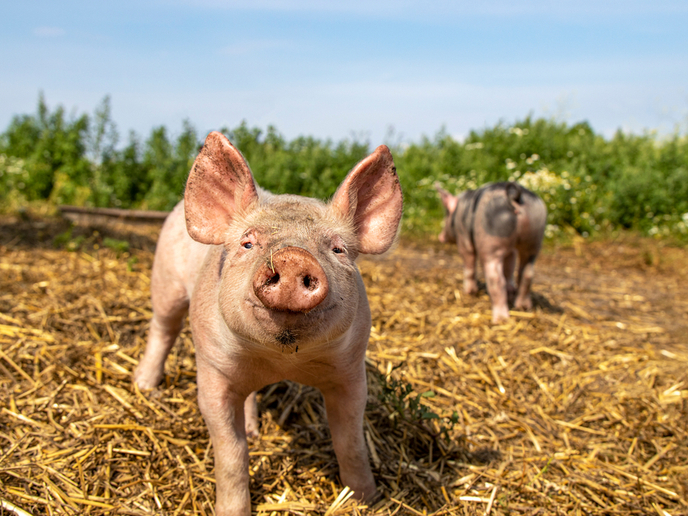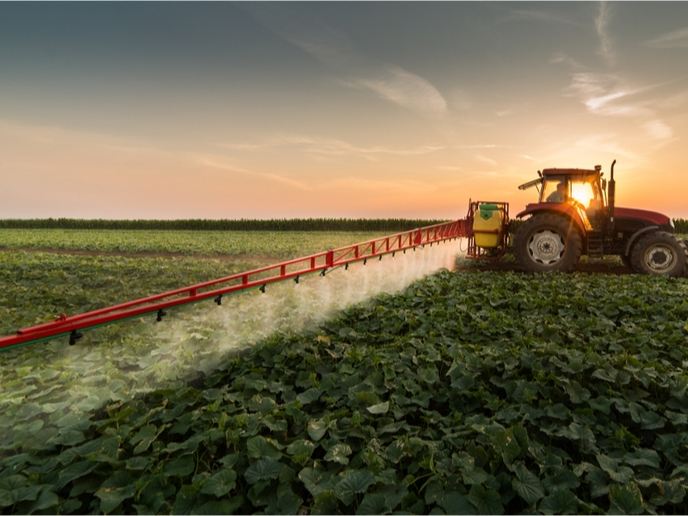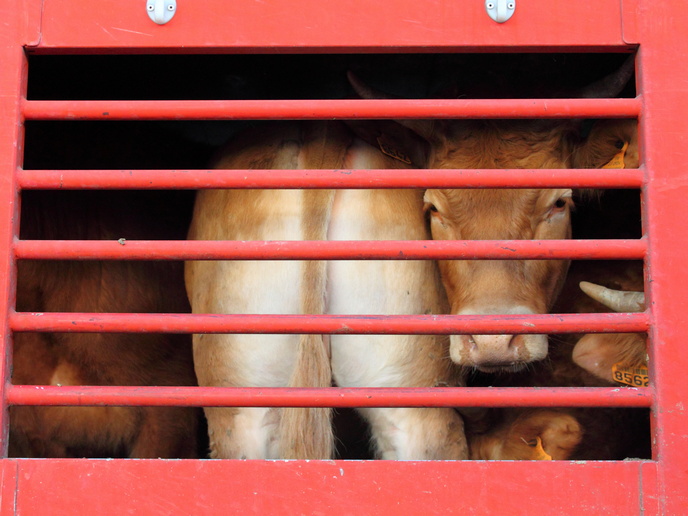Software tracks playful pigs to boost animal welfare
Animal scientists, industry practitioners and animal rights bodies all agree that farm animal welfare needs improvement. In response, food producers are increasingly turning to precision farming technologies, as sensors, cameras and microphones – coupled with data processing algorithms – can monitor not only productivity but animal welfare as well. The AutoPlayPig (Automatic detection of play behaviour in young pigs as a measure of positive affective states) project, supported by the Marie Skłodowska-Curie Actions (MSCA) programme, has been exploring these technologies for the pig production industry. “A comprehensive picture of animal well-being should capture different indicators of health and welfare. We explored play behaviour as an indicator of positive welfare,” explains Tomas Norton, coordinator of the AutoPlayPig project. After using human observation to establish baseline data, the team have started developing an algorithm that can automatically identify play behaviour. “We think AutoPlayPig is the first project of its kind, so we are really breaking new ground in an emerging field,” adds Mona Larsen, the MSCA fellow.
Computational ethology
It is often easier to track the physical health of animals than to track an abstract concept like ‘wellness’. Indicators, such as fitness levels or the presence of infection, are easier to monitor and measure. The so-called affective states – emotions, moods and feelings – cannot be measured directly, so are usually inferred through indirect means. Play behaviour is a good well-being indicator in young pigs, as it seems self-rewarding and usually takes place in the absence of threats, such as illness. Furthermore, it can be measured non-invasively, unlike other health indicators, such as body temperature, which require sensors attached to the animal. Yet, the sporadic, spontaneous and short-lived nature of play in pigs, makes it difficult for researchers to observe directly. “Long-term animal observation can be subjective, inconsistent between observers, and limited by human senses, so our team are developing tools for computational ethology,” adds Norton. Computational ethology combines computer science with the study of animal behaviour, enabling automated, continuous and consistent monitoring. “Play behaviours are often immature versions of adulthood behaviours, meaning they can be confused with other behaviours. This is where computers and algorithms excel: they recognise patterns in the data not noticeable to humans,” says Larsen. The team first created an ethogram – a codified list of indicators based on observed behaviours. This was then used during algorithm development by matching experimentally induced pig behaviour to the ethogram’s classifications. When cameras record the locomotor play of the pigs, video clips can be analysed by the algorithm to check if the displayed behaviours match those in the data set. “The algorithm is showing promising results in isolating video frames related to locomotor play, while also separating fast from slow movements,” notes Larsen.
Better decision support tools
European Union efforts to improve farm animal welfare have intensified recently. New animal welfare reference centres, starting with pigs, have been established, and welfare standards are being reconsidered as part of the new Farm to Fork Strategy within the European Green Deal. The team is now exploring more sophisticated analysis techniques, such as deep learning, to identify play and other social behaviours. This increases adoption by farmers by keeping the computational resources needed to a minimum. As the algorithm was developed using young pigs housed in pens and immediately after weaning, future algorithms will cater for pigs of different ages and environments. “These algorithms can be developed into decision support tools to manage animal welfare. However, despite increased interest, we need to collaborate with industry, farmers and consumers to identify business models for these emerging tools,” says Norton.
Keywords
AutoPlayPig, pig, play, algorithm, animal welfare, well-being, health, computational ethology, behaviour







